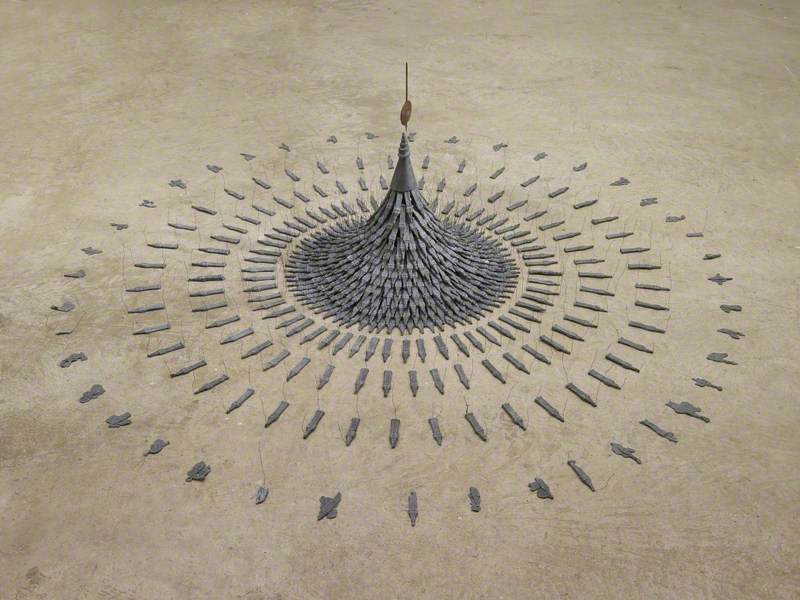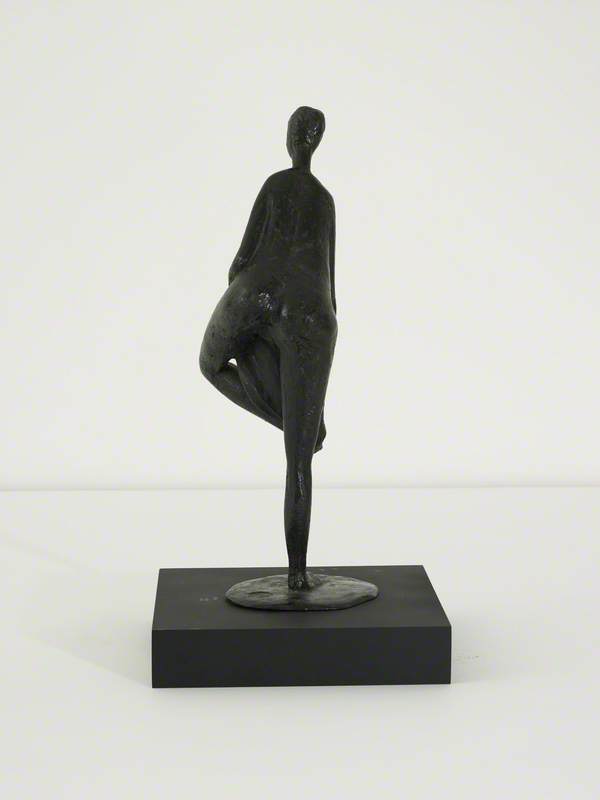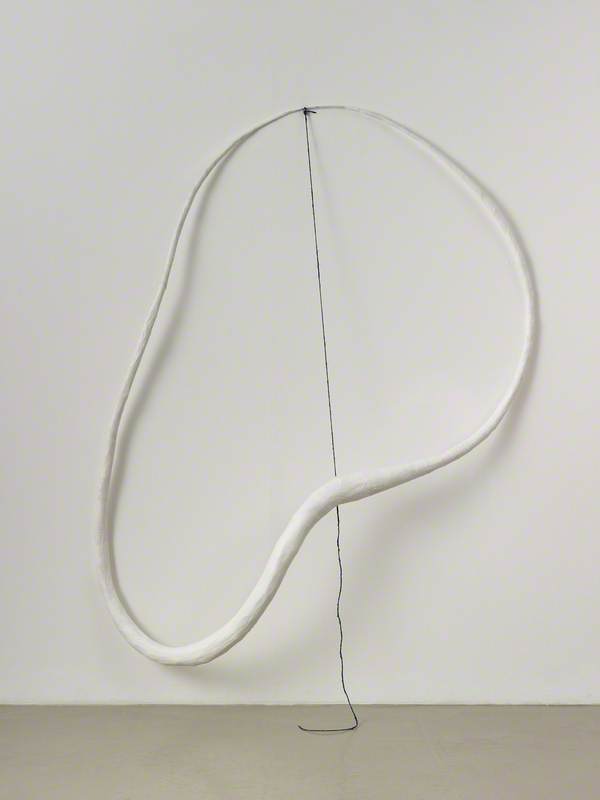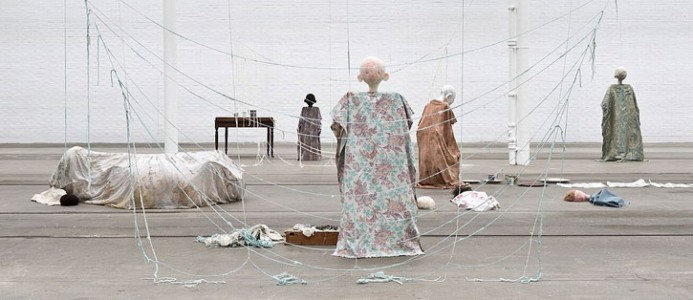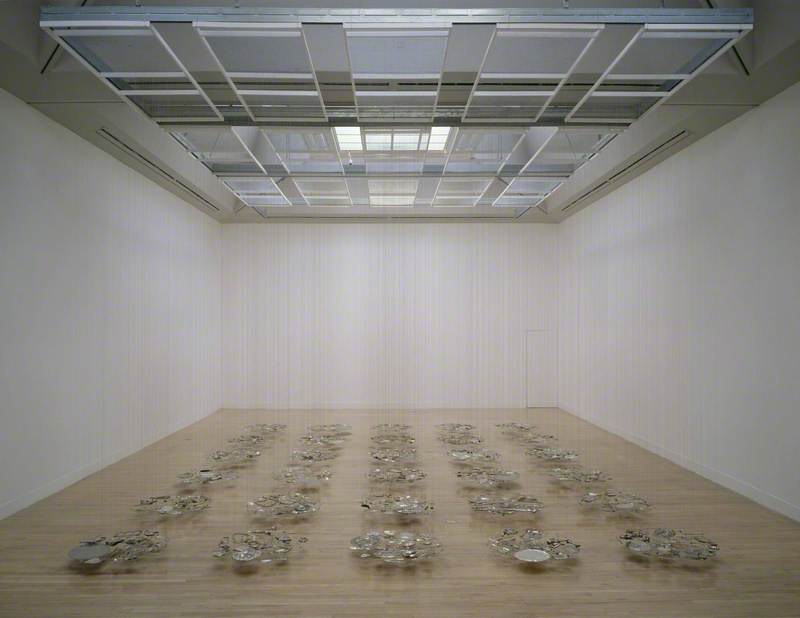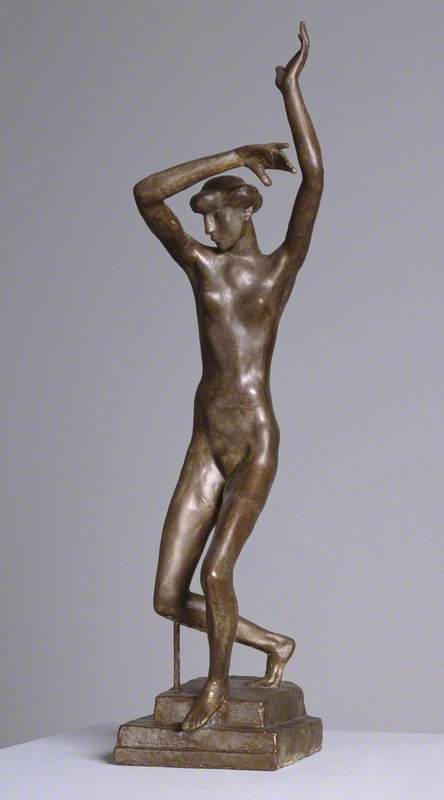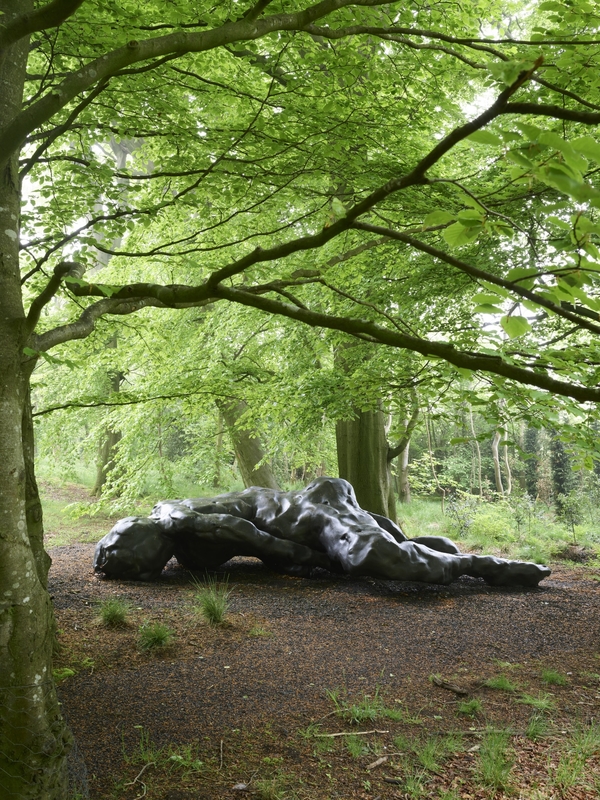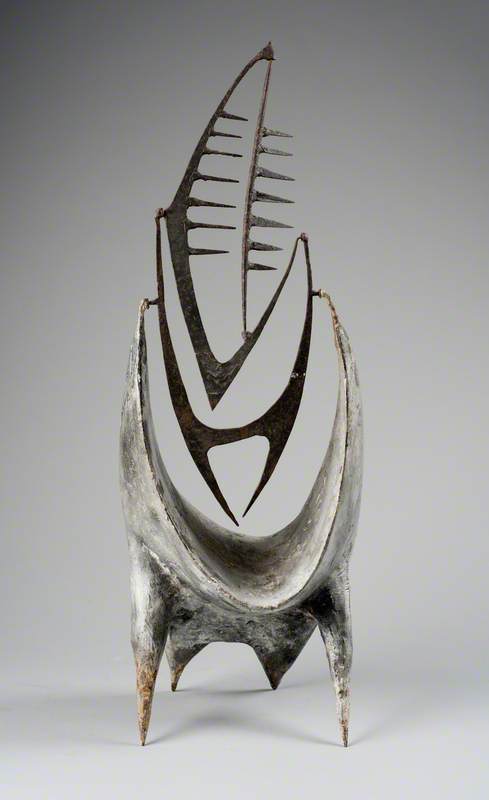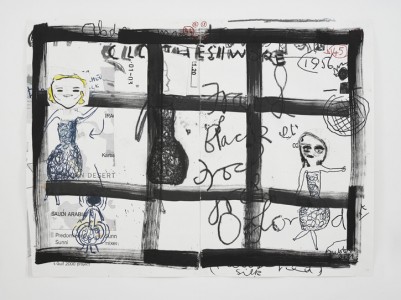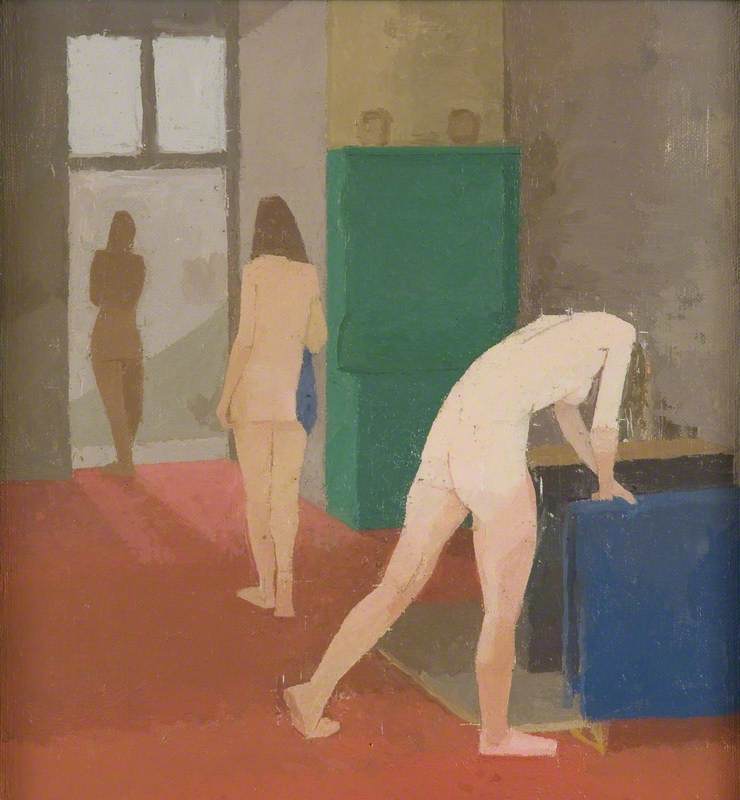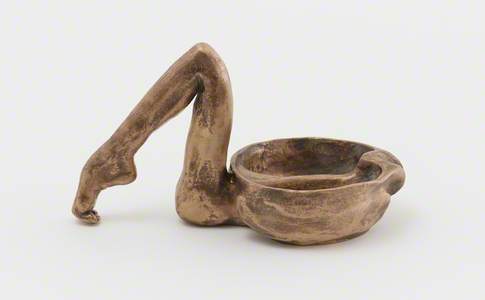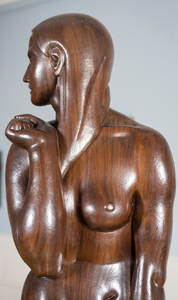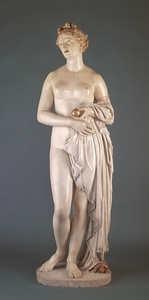'Breaking the Mould: Sculpture by Women since 1945' is the first extensive survey of post-war British sculpture by women.
This new Arts Council Collection Touring Exhibition is due to commence its tour of the UK just as soon as it is safe. Until then, there is much scope to reflect on the contribution that women have made to the discourses of British sculpture, and to highlight the breadth of outstanding sculpture by women held in many collections across the UK.
Established in 1946, the Arts Council Collection is the largest loan collection in the world with more than 8,000 works by over 2,000 artists. The Collection is noted for the strength of its holdings of sculpture with over 800 works spanning a range of media. Of these works, over 250 were made by women. In 2016, the Arts Council Collection team was approached by Catherine George (University of Coventry) and Hilary Gresty (an independent art researcher).
Their research project, 'Women Working in Sculpture from 1960 to the Present Day: Towards a New Lexicon', involved interviews with over 30 sculptors. Through conversations it became clear that there was huge scope for the Arts Council Collection to explore its rich holdings, not just to highlight the strength and diversity of a range of practices but also to provide a radical recalibration, addressing the many accounts of British sculpture that have marginalised women or airbrushed their work from art history altogether.
'Breaking the Mould' features over 50 works from the Arts Council Collection made from a wide range of materials including hair, ceramics, paper, flowers and steel. The exhibition features the work of many familiar artists including Barbara Hepworth, Cornelia Parker and Phyllida Barlow presented alongside the work of less familiar names. It felt important to avoid the creation of another kind of canon – a roll call of success stories pasted onto existing male-dominated narratives.
Instead, a spirit of intergenerational dialogue is encouraged across three broad themes – 'Figured', 'Formed' and 'Found' – with shared concerns emerging across time, space and material.
In the Figured section, for example, an early undated bronze by Rosemary Young featuring a girl drying her foot finds a surprising affinity with Anthea Hamilton's Leg Chair (Jane Birkin) from 2011.
In the Formed section, the crisp lines and architectural allusions of Mary Martin's Slow Movement (1966) anticipate Rana Begum's exploration of light, form and colour in No. 429 SFold (2013).
'Breaking the Mould' highlights various ways in which women have championed new materials, processes and ways of thinking about sculpture. Many of these lightbulb moments have emerged from a desire to find an authentic voice within a male-dominated field. Discrimination in art schools prompted many women to pursue new directions from the very beginning of their careers.
Disinterested in the sleeves-rolled-up masculinity of welding, Margaret Organ produced a range of flowing forms using wire and paper while still at art school. Loop (1978/2014) is the only sculpture by Margaret Organ in a public collection.
The American artist Jann Haworth was shocked at the sexism she experienced at the Slade School of Art during the 1960s. She decided to use 'feminine' materials such as cloth, thread, latex and sequins as a way of determining a clear path, free from all competition.
Many women have challenged the perceived barriers of parenthood by making radical new work, as evidenced in Mary Kelly's groundbreaking feminist multi-part installation, Post-Partum Document (1973–1979), which analyses the artist's developing relationship with her young son.
With many barriers overcome, women have remained at the forefront of sculptural innovation in recent years, as highlighted by the strength of recent acquisitions of sculpture by artists including Amalia Pica, Grace Schwindt and Hayley Tompkins.
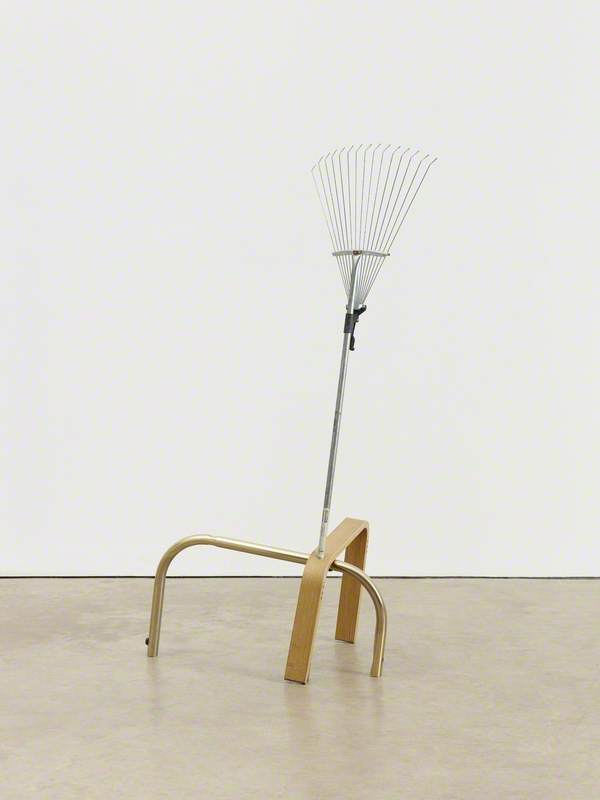
© the artist. Image credit: Arts Council Collection, Southbank Centre, London
Catachresis #40 Teeth of the Rake Leg of the Chair, Leg of the Table, Head of the Screw) 2013
Amalia Pica (b.1978)
Arts Council Collection, Southbank CentreDuring the period 2017–2018, the Arts Council Collection invested in more works by women than men for the first time in its history.
Yet, despite many areas of progress, the threat of slipping out of view remains strong for many women, their work gradually disappearing from retrospective exhibitions and receiving scant mention in published accounts. This process of erasure can also lead to invisibility within collections. If a work is not requested for exhibition, it is not prioritised for conservation or digitisation. Without an image on a collection website, a work stands even less chance of being requested for a future loan.
This dispiriting cycle, which can develop almost imperceptibly across time, can be overturned with a proactive approach. In making this exhibition, the Arts Council Collection seeks not just to celebrate the strength of its holdings but also to make improvements across its working processes. Art UK's important programme of sharing works of art online contributes significantly to this process of maintaining visibility. In this context, the popular maxim, if she can see it, she can be it, feels particularly pertinent.
There are various other ways to find out more about 'Breaking the Mould' prior to its launch. A fully-illustrated publication, produced by Hayward Gallery Publishing, presents fresh critical thinking on the subject of post-war British sculpture by women. A range of films and downloadable resources can also be found at artscouncilcollection.org.uk
Natalie Rudd, Senior Curator, Arts Council Collection


